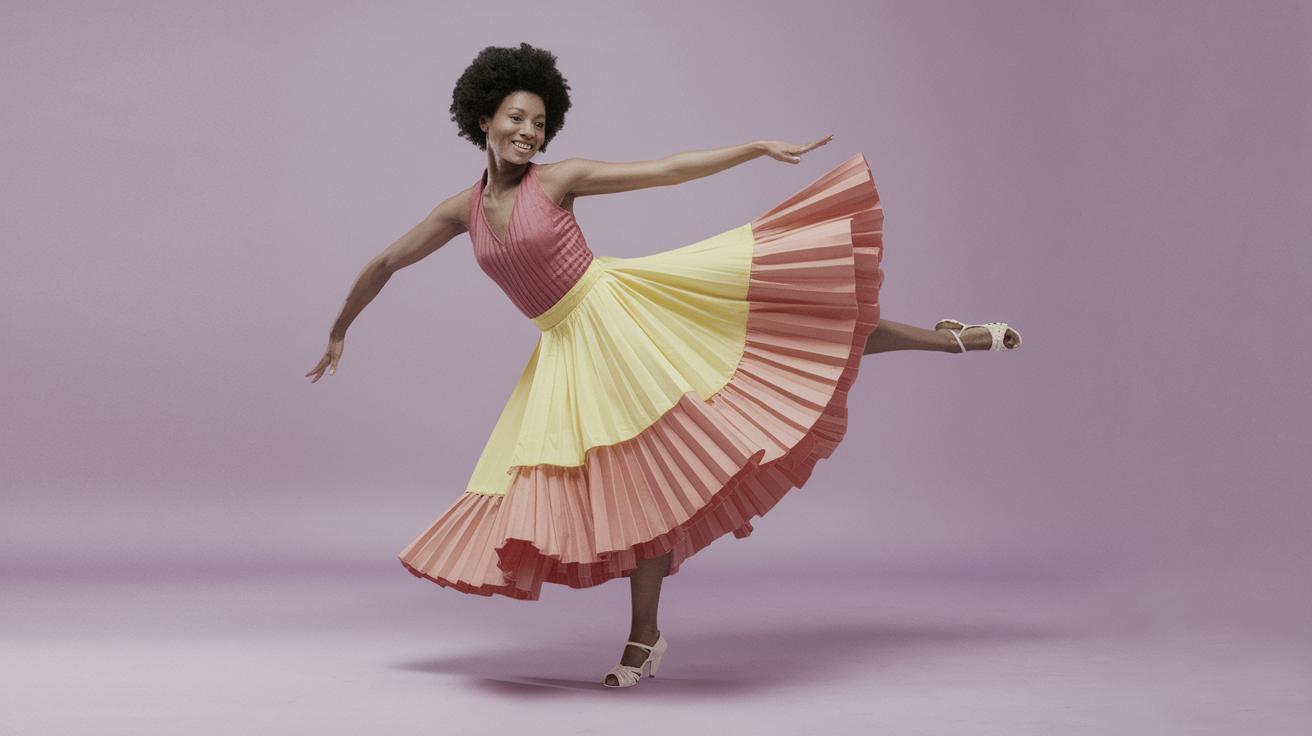How to Dance: A Step-by-Step Guide
Dancing is a universal form of expression that allows individuals to connect with themselves and others through movement. Whether you’re swaying to a slow rhythm or letting loose to an upbeat track, dancing can be both liberating and immensely enjoyable. This blog post is designed to guide beginners through the fundamental steps to start dancing with confidence. From understanding the different styles and techniques to practical tips for practice, you’ll gain insights that will help you find your rhythm and make dancing a part of your everyday life. Dive in to discover how you can embark on this exhilarating journey.
Understanding Different Dance Styles
The world of dance is vast and filled with diverse styles, each with its own unique flavor and cultural background. From classical forms like ballet and ballroom to modern styles such as hip-hop and contemporary, there is something for everyone. Understanding these styles helps to find the one that resonates with your personal taste and personality. Each style conveys its distinct expression—ballet with its grace and precision, hip-hop with its energy and rhythm, or salsa with its passionate flair.
No matter which style you choose, learning the historical and cultural origins of the dance can provide deeper appreciation and context. Take, for instance, the street roots of hip-hop, which originated in the Bronx, New York, as a form of protest and self-expression. Similarly, ballroom dancing dates back to the 16th century, evolving from the court dances of the European upper class.
Basic Techniques and Moves
Once you’ve chosen a dance style, the next step is mastering the basic techniques and moves. This foundation is crucial because it enables you to develop the confidence and muscle memory needed to build upon more complex routines. For beginners, focusing on footwork is essential as it serves as the base of all movements. Simple steps, such as the box step in ballroom or the two-step in various forms of dance, provide a solid starting point.
Technique also extends to posture and alignment. Ensuring that your body is correctly positioned relieves unnecessary strain and helps prevent injury. Maintaining a good posture will also significantly enhance your overall appearance and performance on the dance floor. Beginners should practice in front of mirrors to self-correct and gradually develop the right form.
Finding Rhythm and Musicality
Beyond mastering steps and techniques, dancing is profoundly tied to rhythm and musicality. Music is the driving force behind dance, guiding the tempo and mood. To connect deeply with music, it’s crucial to listen actively and feel the beats. Developing an ear for music will enhance your ability to sync your movements with the flow of the song, creating a more harmonious and fluid performance.
Clapping or tapping along with the music can help hone your timing and sense of rhythm. Implementing musicality into your dance practices ensures that movements are not mechanical but rather expressive and dynamic. As your relationship with the music strengthens, you’ll notice a significant improvement in your ability to dance intuitively and creatively.
Tips for Effective Practice
Like any skill, practice is integral to improving as a dancer. Creating a consistent practice schedule helps maintain progress and reinforces new techniques. Dedicating a specific amount of time each day or week ensures that you build momentum and stay motivated. A structured practice session should also include a warm-up and cool-down to keep your body prepared and prevent injuries.
Recording your practice sessions can be an invaluable tool for self-assessment and growth. Watching your recordings allows you to visualize areas needing improvement, monitor progression, and celebrate milestones. Additionally, it helps boost confidence by physically showing you how far you’ve come in your journey.
Staying Inspired and Motivated
Maintaining motivation is key to staying on track with your dance endeavors. Seeking out inspiration from various sources can rejuvenate your passion and drive. Attending live performances, watching dance films, or following dancers on social media can offer fresh perspectives and innovative ideas that might invigorate your practice.
Additionally, joining dance communities, either locally or online, can provide a support system that encourages learning and sharing experiences. These communities are excellent spaces to exchange feedback, learn from others, and foster a sense of camaraderie—reminding you that you are part of a larger dance ecosystem that thrives on creativity and connection.
Summary of Main Points
| Section | Key Points |
|---|---|
| Understanding Different Dance Styles | Explore various styles to find one that resonates; learn about cultural origins for deeper appreciation. |
| Basic Techniques and Moves | Focus on mastering fundamental techniques and correct posture; practice basic steps for strong foundation. |
| Finding Rhythm and Musicality | Connect with music to improve timing; use musicality for expressive and dynamic movements. |
| Tips for Effective Practice | Create consistent practice routines; use recordings for self-assessment and motivation. |
| Staying Inspired and Motivated | Seek inspiration from performances and media; engage with dance communities for support and growth. |


